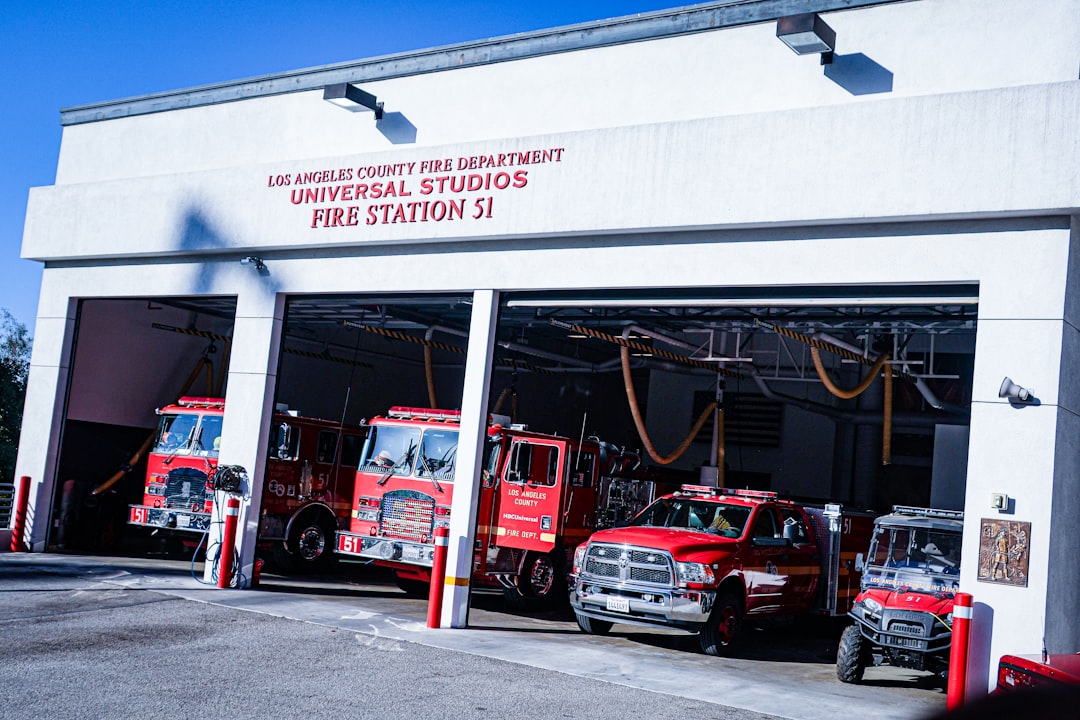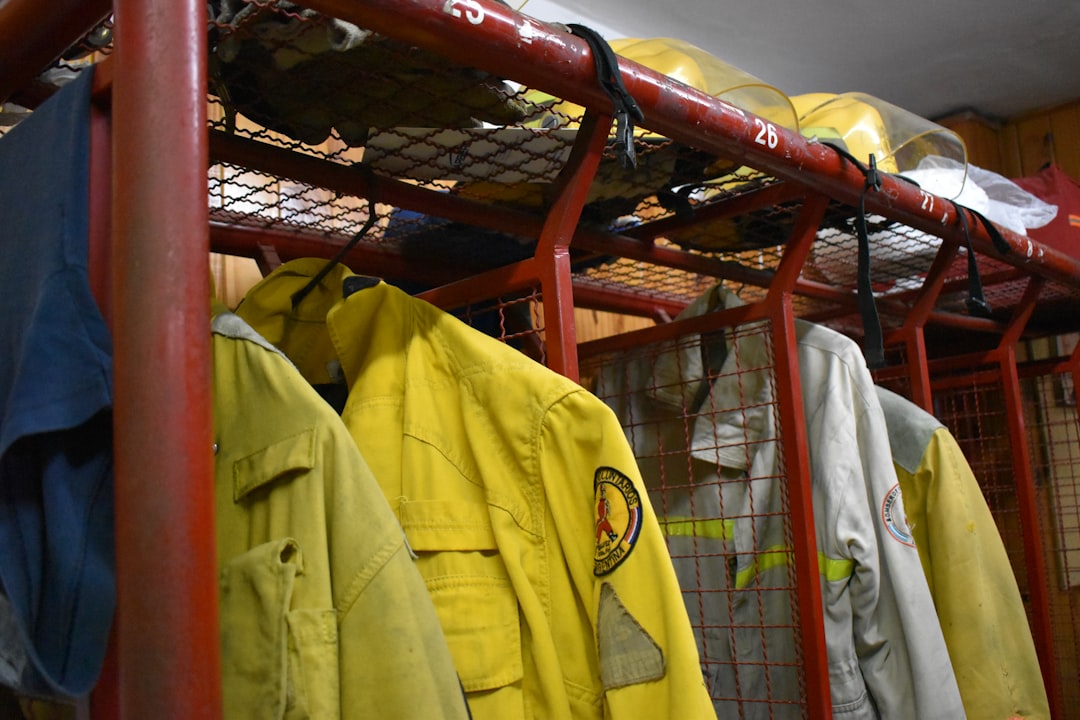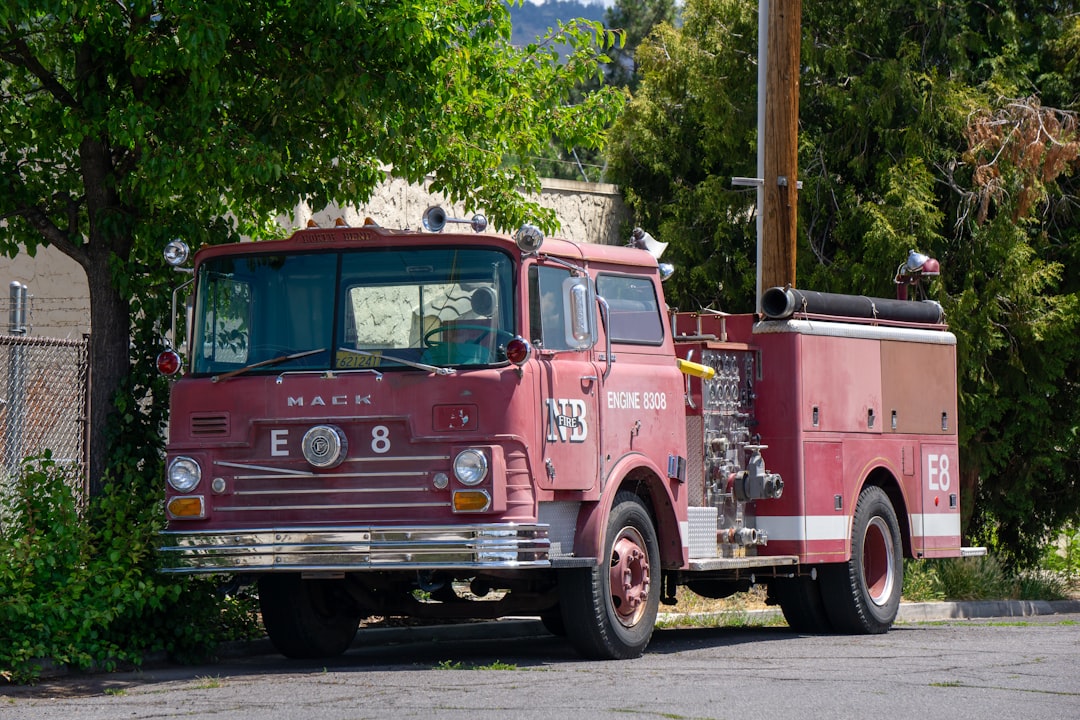

Engage prospects with a scan and streamline customer engagement with FREE QR code marketing tools by Sona – no strings attached!
Create a Free QR CodeFree consultation

No commitment

Engage prospects with a scan and streamline customer engagement with FREE QR code marketing tools by Sona – no strings attached!
Create a Free QR CodeFree consultation

No commitment
In today’s digitally driven world, QR codes have evolved from a curiosity to a strategic asset for connecting physical and digital experiences, with QR codes in marketing now central to many campaigns. For fire damage restoration services, QR codes offer a seamless, app-free way to boost customer response, streamline workflows, and trigger meaningful engagement when trust and fast action are paramount.
Many restoration companies struggle with missed opportunities because prospects do not always submit forms or complete calls. When someone experiences fire damage, they rarely want to hunt for service details; they need frictionless ways to act now. Outdated marketing assets and complex intake procedures often slow response, and business owners struggle to track anonymous visitors whose intent never surfaces in the CRM. For strategies to surface that intent, read Sona’s blog post The Essential Guide to Account Identification—Turn Your Website into a Goldmine.
Imagine replacing paper brochures, print ads, or lengthy phone menus with a scan-to-act solution: customers instantly request estimates, review credentials, file insurance claims, or receive emergency safety guidance at their point of need. With QR codes, fire restoration contractors can modernize their marketing and customer journey, ensuring faster access to services and better lead tracking, while solving persistent challenges such as untracked high-value prospects and lost follow-up opportunities.

QR codes break down the barriers between offline crisis moments and online solutions, supporting faster customer response and measurable ROI for fire damage restoration services. Teams often face long wait times after leaving printed forms behind, and critical intake data gets lost during the most stressful moments for customers. A well-designed QR strategy helps people act immediately, routes them to the right resource, and captures intent signals so your team can prioritize effectively.
The key is to translate common offline interactions into digital journeys that minimize friction. Replace printed brochures, manual sign-up sheets, and generic call-in menus with scan-triggered actions that send customers to the exact step they need: booking, documentation, safety information, or live support. When the path from need to next step is only one scan away, response times improve and conversion rates rise.
A modern QR platform allows contractors to automate audience segmentation, manage multiple codes for different touchpoints, and centralize reporting in a single dashboard. With a tool like Sona QR, you can update destinations in real time, maintain code consistency across teams, and pipe scan data into your CRM so field leaders and executives see the same truth about pipeline, performance, and ROI.

In fire damage restoration, every second counts, and QR codes eliminate friction at the most critical junctures. When a homeowner or facilities manager is weighing options under stress, even small barriers can cause hesitation. Traditional print materials, voicemail trees, and generic websites do not always give people a direct path to action or a way to verify credibility on the spot. QR codes solve this by tying every physical impression to an immediate, measurable step. For industry context, see this PuroClean restoration industry whitepaper.
They also transform the way teams capture and use data. Without QR-enabled tracking, you might never know which billboards, mailer, or truck wrap motivated a homeowner to reach out. QR scans record the moment of engagement and connect it to downstream steps such as bookings or claims, so you can attribute revenue and refine your strategy based on what actually works.
Typical use cases span business cards, emergency info cards, billboards in wildfire-prone areas, and insurance mailers. Each placement becomes a measurable onramp, helping you capture actionable signals and overcome the sector’s historical lack of lead visibility.

Not every customer needs the same action, so your QR code formats should match the stage and context. In this industry, the most valuable formats help people connect instantly with your team, submit documentation quickly, and access verified safety information without delay. Combining the right format with a clear CTA makes a meaningful difference in response time and customer confidence.
Dynamic QR codes shine in restoration because conditions change rapidly. You can update destinations without reprinting, run A/B tests on landing pages, and segment audiences by code usage. Static codes still have a role for evergreen resources, but dynamic codes unlock the agility required during crisis-driven surges.
Dynamic codes are preferred for most engagements, since they support real-time updates, audience management, and deep tracking. Static QR codes can still serve evergreen assets like a general fire safety checklist, but they lack the adaptability needed when incidents escalate.

Growth comes from placing QR codes where urgency and clarity meet. That means showing up in the exact locations where a property owner will make a decision or a claims manager will ask for documentation. The more you align code placement with real-world behavior, the more scans you will earn and the better your conversion rate will be.
Think beyond marketing collateral. Field operations, partnerships, and community programs also present strong QR opportunities. A simple scannable card on a doorknob after an inspection can out-perform a hundred generic brochures because the context is timely and specific.
Optimize placement based on where customers feel urgency and where scanning creates a clear next step. Add context such as city or neighborhood codes to compare performance across locations and adjust outreach accordingly during wildfire seasons or after local events.

Missed follow-ups, manual errors, and lost documentation cause headaches for both customers and restoration teams. QR codes provide a clean handoff between field activity and digital workflows, reducing friction at each stage of the recovery process. When every interaction is scannable, you eliminate guesswork and shorten the path to resolution.
These use cases are also opportunities to nurture trust. Transparency and speed matter deeply during restoration. Linking to certifications, safety resources, and progress updates turns a one-time response into a relationship that supports referrals and long-term loyalty.
Audience building starts the moment someone scans. Every scan captures intent, context, and timing, which you can use to segment audiences in your CRM and activate precise follow-up. When different codes represent different needs or lifecycle stages, you can tailor outreach with the right message at the right time. For retargeting tactics, see Sona’s Playbook titled Intent-Driven Retargeting—Driving High-Impact Campaigns with First-Party Intent Signals.
Segmentation does more than improve marketing efficiency. It also helps operations leaders allocate resources to the highest urgency cases, which boosts customer satisfaction and protects your reputation during peak demand. Over time, segmentation improves forecasting by revealing which campaigns and neighborhoods produce the most urgent work.
By treating each QR as a smart entry point to your funnel, you will steadily convert anonymous interest into known contacts. A platform like Sona QR can automate the tagging, syncing, and list building that make this strategy repeatable at scale.
Restoration companies often run print, field, and digital efforts in parallel without linking them. QR codes serve as the connective tissue between channels, turning every brochure, truck, and sign into a measurable conversion point. With consistent code usage, you can attribute outcomes to specific placements, double down on what works, and refine what does not.
The payoff shows up in both marketing and operations. Marketing gets clean attribution and audience data. Operations gets faster intake and fewer manual errors. Finance gets clearer ROI reporting. The customer gets an experience that feels coordinated and responsive.
With a centralized platform like Sona QR, you can manage all codes in one place, monitor performance in real time, and sync scan data with your CRM and ad platforms. This creates a consistent, measurable funnel from offline awareness to online conversion.
A strong QR campaign is as much about planning and testing as it is about printing and placement. Before you order new signage or update your fleet graphics, define a clear goal, select the right code type, and validate that your designs scan quickly in real-world conditions. Then deploy across channels that matter most in your market and commit to continuous optimization.
Treat this as a repeatable process. Each cycle of planning, deploying, and learning will sharpen your placements, messaging, and conversion paths. Over time, your QR program becomes a reliable engine for lead capture, claims acceleration, and customer satisfaction.
Start by selecting the outcome that matters most right now, such as immediate assessment requests after a fire, streamlined insurance support, or post-service satisfaction surveys. Aligning each code with a specific job simplifies your landing pages and increases clarity for scanners.
Choose between static and dynamic codes based on how often you expect to update destinations and how much data you need. In restoration, dynamic codes are usually the safer choice because conditions and offers change frequently.
Visual clarity and scannability determine success. Your design should align with brand standards while guiding the eye to the code and clarifying the benefit of scanning. Test thoroughly before wide release.
Roll out your codes where your audience is most likely to scan and act. Match the placement to typical behavior and context so the scanning moment feels natural and useful.
Measurement turns QR from a convenience into a growth driver. Monitor not just scan volume but the downstream actions that indicate real progress. Use this data to optimize designs, CTAs, and destinations.
Clear attribution has long been a challenge in field-heavy industries like restoration. Without a direct link from a flyer or vehicle to a booked job, teams rely on anecdotal evidence and rough estimates. QR codes change this. By tracking scans and tying them to outcomes like bookings and claims, you can quantify ROI, allocate spend more intelligently, and advocate for budgets with confidence. For measurement strategy, read Sona’s blog post The Essential Guide to Offline Attribution—Maximizing ROI Through Offline Channels.
Go beyond basic counts. The strongest programs combine scan analytics with CRM data, linking offline scans to online behavior and sales outcomes. Platforms like Sona QR and Sona.com enable identity resolution and multi-touch attribution, showing how QR engagement contributes to pipeline and closed revenue.
The result is a comprehensive view from scan to revenue. Instead of guessing which assets matter, you can invest confidently in the designs and placements that shorten response times, accelerate claims, and win more restoration work.
Many restoration teams discover late that their campaigns lack segmentation or lose valuable follow-up due to incomplete tracking. The following best practices help maximize every engagement and protect your investment in print, vehicle graphics, and signage. Prioritize the tips that match your market and most common touchpoints. For broader planning, this step-by-step marketing strategy guide for restoration providers is helpful.
Educating crews is just as important as great design. Field teams can make or break adoption. A quick reminder during site visits, or a two-sentence script for door-to-door follow-ups, can lift scan rates dramatically and improve customer confidence in the process.
QR codes are not just a way to bridge analog and digital, they are a catalyst for smarter, more accountable service delivery in fire damage restoration services. By embedding action-ready codes at every critical touchpoint, restoration businesses transform flyers, trucks, estimates, and safety checklists into digital lead generators and resource centers that move people from uncertainty to action.
This data-driven approach accelerates fire damage response, enhances trust through transparent follow-up, and enables continuous optimization of campaigns and workflows. It also creates a common language across marketing, operations, and finance by tying physical impressions to measurable outcomes such as bookings, claim speed, and revenue.
QR codes now represent a vital tool for restoration teams: empowering instant engagement, connecting homeowners and businesses with the right services at pivotal moments, and translating offline touchpoints into digital journeys. When every scan provides actionable insight and clear attribution, teams are equipped to respond faster, serve better, and prove value at each stage of the restoration process. With modern platforms like Sona QR and Sona.com, you can generate trackable codes in minutes, sync insights with your CRM, and attribute scans to revenue with confidence, turning real-world engagement into a predictable engine for growth. Start creating QR codes for free.
QR codes have revolutionized fire damage restoration services by transforming how professionals connect with clients and streamline recovery processes. From instantly providing critical information and safety guidelines to facilitating seamless communication and progress tracking, QR codes empower restoration companies to deliver faster, more transparent, and highly personalized service. Imagine your clients accessing detailed restoration updates or emergency tips simply by scanning a code—enhancing trust and satisfaction when it matters most.
With Sona QR, you can create dynamic, trackable QR codes tailored specifically for fire damage restoration needs. Update information in real time without reprinting materials, monitor scan activity to identify peak engagement moments, and link every interaction to improved customer retention and referrals. Start for free with Sona QR today and turn every scan into a powerful touchpoint that accelerates your service delivery and builds lasting client relationships.
Fire damage restoration involves immediate assessment requests, claims documentation uploads, post-restoration safety resources, and continuous follow-up to ensure faster dispatch, accurate claims, and customer trust.
Choose a service that offers seamless access through clear communication, quick response times, verified credentials, easy claims handling, and uses tools like QR codes to streamline intake and follow-up.
Costs vary depending on the extent of damage and services required, but using QR code-enabled processes can reduce administrative delays and paperwork, potentially lowering overall restoration expenses.
Professional companies provide clear emergency support, fast appointment booking, verified certifications, transparent claims processing, digital documentation options, and use modern tools to improve communication and trust.
Restoration time varies by damage severity, but employing QR codes to speed up assessment requests, documentation uploads, and scheduling can shorten claim timelines and accelerate restoration progress.
Use Sona QR's trackable codes to improve customer acquisition and engagement today.
Create Your FREE Trackable QR Code in SecondsJoin results-focused teams combining Sona Platform automation with advanced Google Ads strategies to scale lead generation

Connect your existing CRM

Free Account Enrichment

No setup fees
No commitment required

Free consultation

Get a custom Google Ads roadmap for your business






Launch campaigns that generate qualified leads in 30 days or less.
